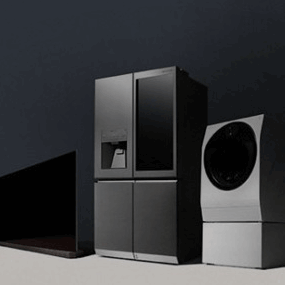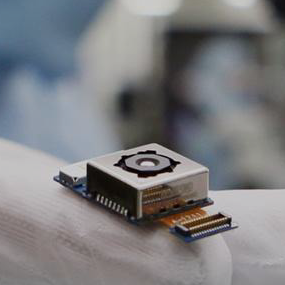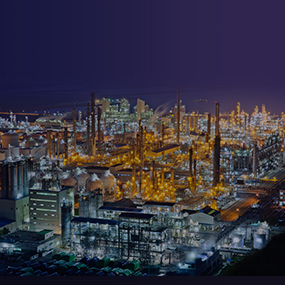LG Advances HVAC R&D Leadership Through Co-Research With Global Universities
2025.09.18SEOUL, Sep. 18, 2025 — LG Electronics (LG), in partnership with some of the world’s foremost universities, is delivering new innovations in heating, ventilation and air conditioning (HVAC). Through a robust program of R&D, LG and its collaborators are developing advanced technologies that help deliver better efficiency and sustainability, supporting the company’s vision for a Better Life for All.
One highlight of LG’s dedication to driving heat pump R&D is the Global Heat Pump Consortium, which comprises several regional clusters, including the European Consortium for Advanced Heat Pump Research (ECAHR). Established in June 2024, ECAHR recently released research on LG’s Air-to-Air Heat Pump (AAHP). The study, conducted in Norway, focused on real-world tests that demonstrated the high efficiency of LG’s AAHP. Findings suggest that LG’s R32-based AAHP system can consume up to 90 percent less energy and reduce carbon emissions by about 99 percent compared to conventional oil-fired boilers.
The study was published in last month’s edition of REHVA Journal, one of Europe’s leading HVAC publications. This joint research between LG and its Nordic university partner, Oslo Metropolitan University, indicates the performance and potential economic benefits of LG’s AAHP, which is designed for the cold climates of Northern Europe. Based on the findings, LG plans to launch a new AAHP product targeting markets in Northern Europe later this year.
Along with developing next-generation technologies for advanced HVAC products, LG is working together with top universities to resolve various customer pain points. For example, the company has been conducting research with South Korea’s Yonsei University into methods for eliminating common indoor allergens. Their work has shown that the application of photocatalyzed titanium dioxide reduces the presence of various airborne inhalants associated with allergic reactions. LG is set to carry out more detailed studies with the goal of developing an air care system that can effectively capture and remove different types of indoor allergens.
In addition, LG and China’s Tianjin University jointly investigated the long-term performance of air purifiers in typical Chinese households, especially kitchens where oil-based cooking is common. Over nearly a year, the research team utilized ThinQ data analysis to evaluate customers’ living spaces and usage patterns.
The findings revealed that the filter’s ability to remove particulate matter (PM) dropped sharply in environments with high concentrations of oil fumes, prompting LG to develop filter technologies that maintain performance in challenging conditions. The study also monitored changes in harmful gas removal performance and found that LG’s integrated dust and deodorization filter worked nearly twice as fast and had double the capacity compared to conventional deodorization filters. These upgrades have already been applied to LG’s latest air purifiers.
LG has also conducted a variety of research with the University of Florida on how to reduce harmful airborne substances resulting from forest fires. One of the key discoveries of these studies relates to the formation of secondary organic aerosols (SOA)*. By combining physical experiments with modeling data, the research shows the impact that different environmental variables have on SOA formation. The results have been published in renowned academic journals, including Atmospheric Chemistry and Physics and Science of the Total Environment.
“Through close collaboration with leading universities, we are advancing technologies that enhance HVAC energy efficiency and performance to create healthier, more sustainable living environments,” said Oh Sai-kee, head of the LG ES R&D Lab.
* Fine particulates found in the Earth’s atmosphere that can impact human health and air quality.














